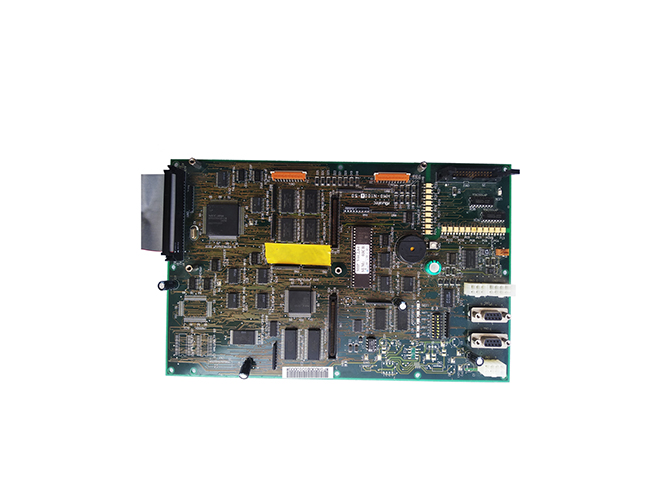-
CN
-
Service Hotline
+8618129931046 Mr. Liao


Time:2025-06-18 Views:1

High-frequency materials used in multilayer printed circuit boards (PCBs) play a crucial role in determining the signal integrity and performance of electronic systems. The loss characteristics of these materials mainly include dielectric loss and conductor loss.
Dielectric loss is caused by the polarization of the dielectric material within the high-frequency electric field. As the frequency increases, the molecules in the dielectric material continuously reorient to adapt to the changing electric field, consuming energy in the form of heat. This loss is quantified by the dissipation factor (Df), which represents the ratio of the energy dissipated as heat to the total stored energy in the dielectric. Materials with a lower Df value, such as Rogers RT/duroid series and Isola FR408HR, are preferred for high-frequency applications because they minimize signal attenuation. For example, in 5G communication systems where frequencies can reach several gigahertz, a material with a high Df would cause significant signal degradation over a relatively short distance, making reliable data transmission impossible.
Conductor loss, on the other hand, is related to the resistance of the metal traces on the PCB. Skin effect becomes more pronounced at high frequencies, causing the current to concentrate near the surface of the conductor. This effectively reduces the cross-sectional area available for current flow, increasing the resistance and resulting in energy loss. To mitigate conductor loss, high-conductivity metals like oxygen-free copper are commonly used, and surface finishing techniques such as electroless nickel immersion gold (ENIG) can improve the conductivity of the trace surface. Moreover, the roughness of the conductor surface also impacts conductor loss; smoother surfaces reduce the effective resistance and thus lower the loss. Understanding and optimizing both dielectric and conductor loss is essential for ensuring the reliable operation of high-frequency multilayer PCB - based systems.